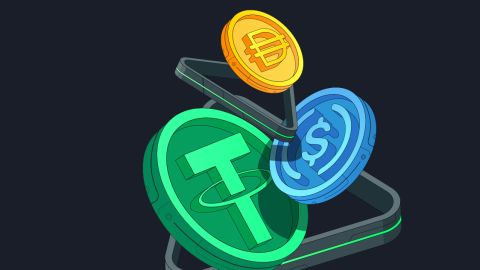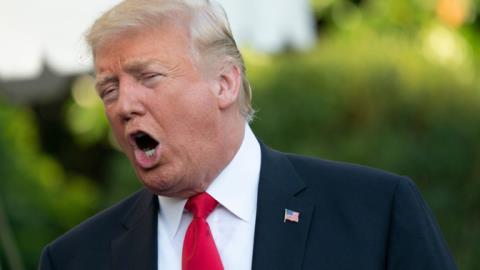
Similar Posts

Toulouse Embraces the Future: Pay Your Commute with Cryptocurrency!
Tisséo, the public transportation operator in Toulouse, France, has launched a system enabling passengers to buy tickets for Metro, bus, tram, and cable car using cryptocurrencies via an app on Android devices. A third-party provider facilitates the conversion of digital currencies into euros for seamless transactions. While the innovation excites many, some commuters, like 60-year-old Patrice, remain skeptical about cryptocurrency’s suitability for small payments. This initiative not only enhances convenience and speed but also aligns public transit with modern technology. Its success could influence broader acceptance of cryptocurrencies in various sectors.

Unlocking DeFi Opportunities: How Trade Wars Propel Decentralized Finance Forward
The global economy’s trade tensions are creating volatility in the crypto market, with Bitcoin recently dropping below $100,000 following President Trump’s tariff announcements. While trade disputes pose challenges for cryptocurrencies, they may be less harmful than for traditional financial systems, according to Leo Mindyuk of ML Tech. Tariff wars increase market instability, disrupt crypto mining due to inflated production costs, and lead to stricter regulatory scrutiny. However, these challenges could spur interest in decentralized finance (DeFi) as users seek alternatives to traditional banking. Investors and policymakers must stay vigilant about the interplay between geopolitics and digital assets.

US Justice Department Shuts Down Crypto Fraud Task Force: What It Means for Investors
Deputy Attorney General Todd Blanche announced a major shift in the Justice Department’s digital asset regulation, disbanding a team dedicated to prosecuting cryptocurrency-related activities. He criticized the previous administration’s “regulation by prosecution” approach, emphasizing that the Justice Department will no longer litigate against crypto exchanges for user actions. Instead, the focus will be on protecting victims and prosecuting fraud against digital asset investors. This change reflects a broader trend since the Trump administration, aiming to create a more favorable environment for crypto innovation in the U.S. Overall, it signals a new era for digital assets and regulatory frameworks.

How Neobanks Are Revolutionizing Finance: Bridging Gaps with Blockchain Technology
Traditional finance faces criticism for inefficiencies and exclusionary practices, leaving 1.4 billion people unbanked. Outdated models hinder access for those lacking documentation or credit histories, imposing high fees and delays on transactions. Neobanks, utilizing blockchain technology, present a solution by offering faster, cost-effective services and decentralized models that enhance financial inclusion. They provide non-custodial accounts allowing full ownership of assets and improve data security through decentralized management. Moreover, stablecoins address volatility concerns, making blockchain-powered neobanks a promising alternative to traditional finance. This shift towards decentralization aims to create a more inclusive financial system for all.

Leading US Banks Explore Collaborative Stablecoin Initiative
Major banking institutions are exploring stablecoin regulations, with discussions surrounding the integration of payment platforms like The Clearing House and Zelle. There’s a push to expand stablecoin models to include more banks, aligning with U.S. regulatory efforts, particularly the Senate’s GENIUS Act aimed at establishing clear guidelines for stablecoin usage. Additionally, Circle has launched a stablecoin-based Global Payment Network, potentially competing with traditional systems like Swift, in collaboration with banks such as Deutsche Bank and Santander. As stablecoin discussions progress, their impact on the financial landscape remains to be seen.

Stripe Soars to $91.5 Billion Valuation: How AI Investments Are Driving Growth
Stripe and its investors are set to repurchase shares to improve liquidity for current and former employees, signaling a valuation rebound close to its 2021 peak, following a March 2023 funding round that valued the company at $50 billion. In its annual letter, Stripe reported a 38% year-on-year increase in total payment volume, reaching $1.4 trillion in 2024. Cofounders Patrick and John Collison attributed this growth to investments in AI, increased adoption, and support for emerging businesses. They also emphasized the rising significance of stablecoins in the economy, noting their potential to enhance financial systems and promote growth.
